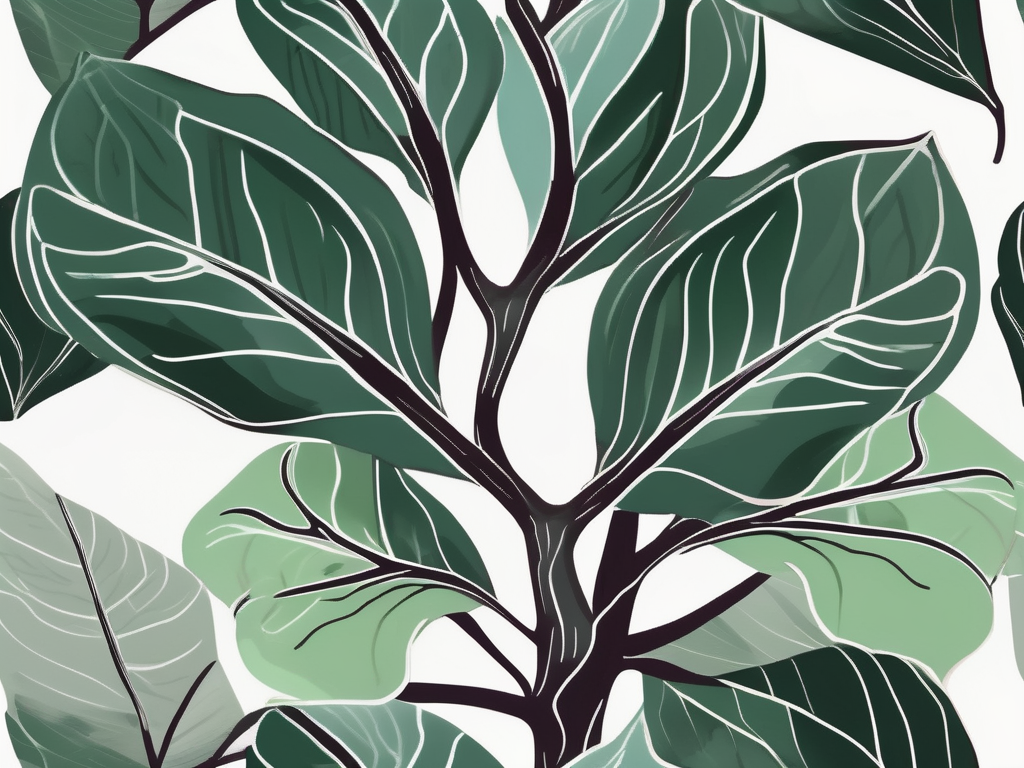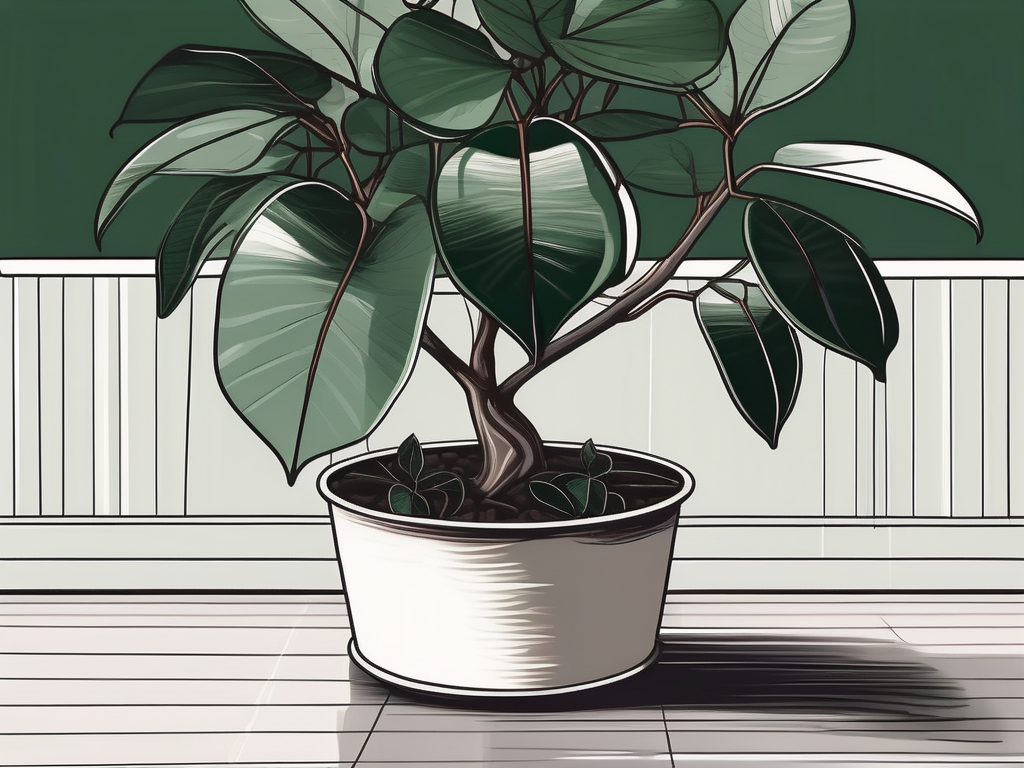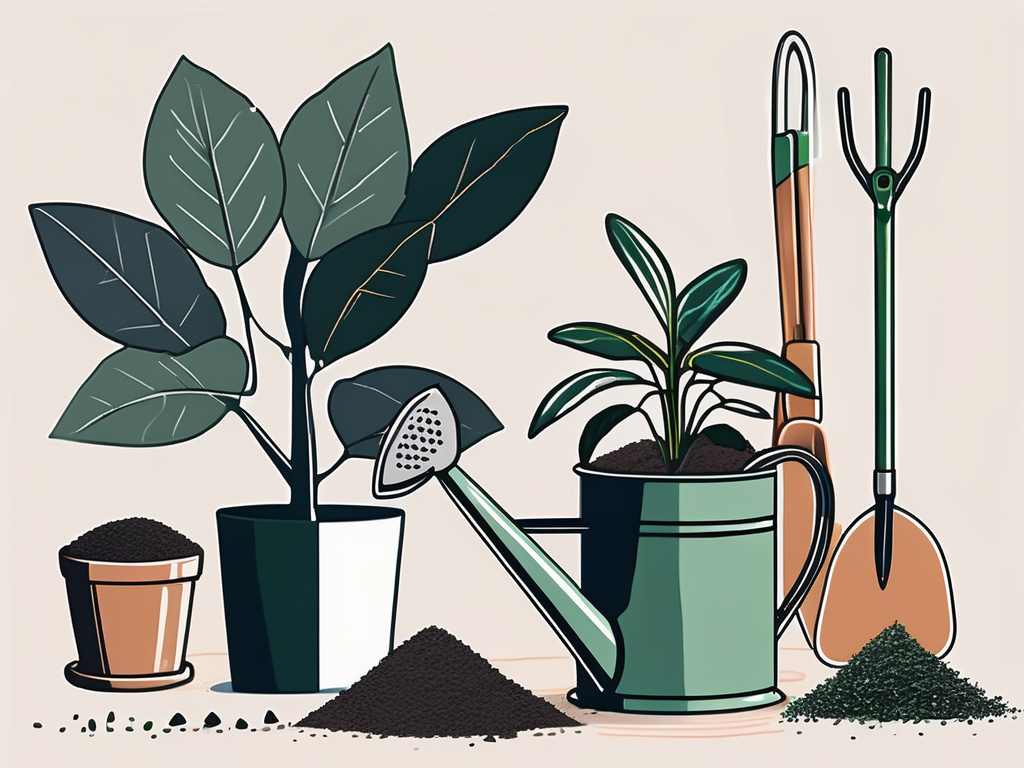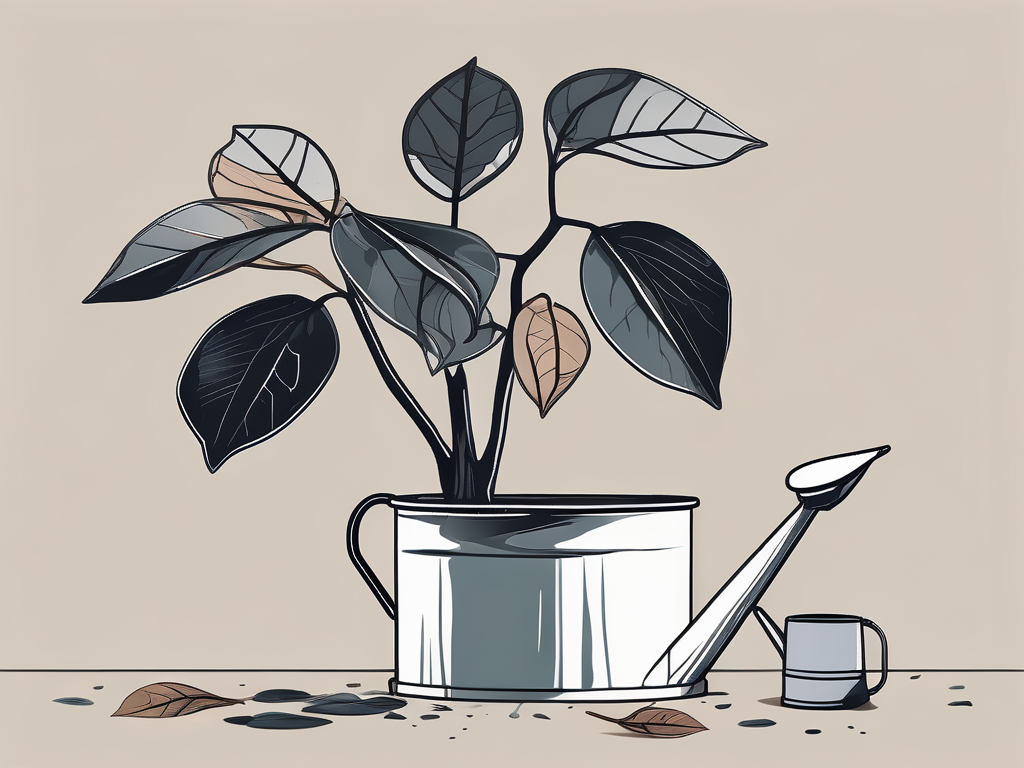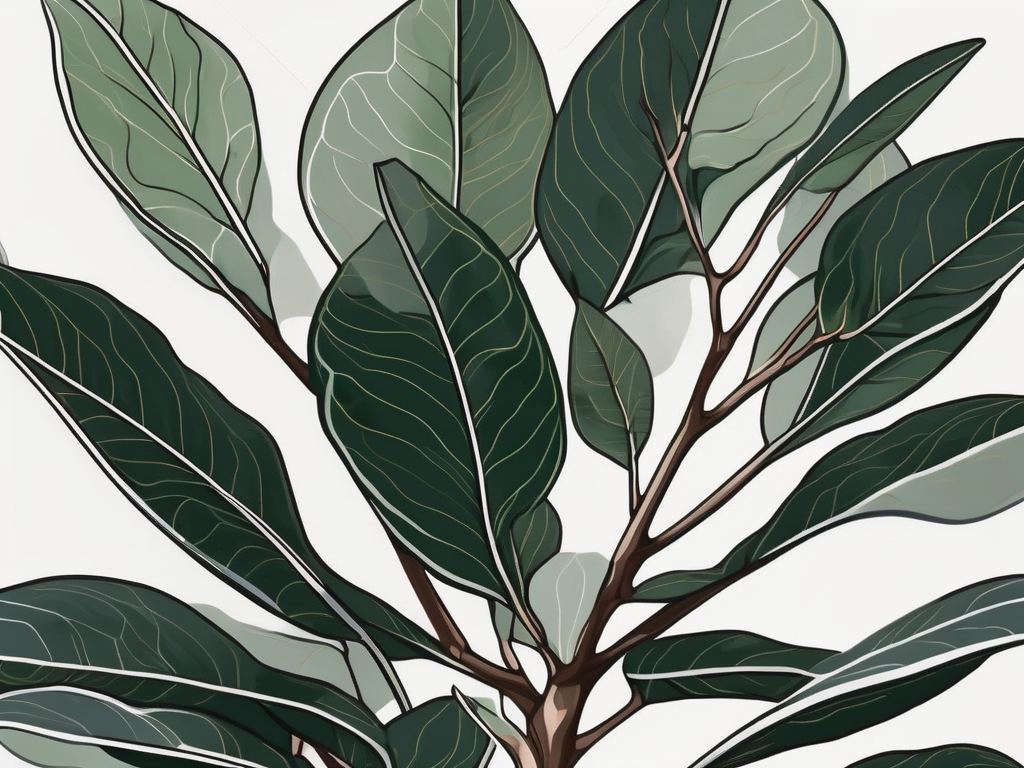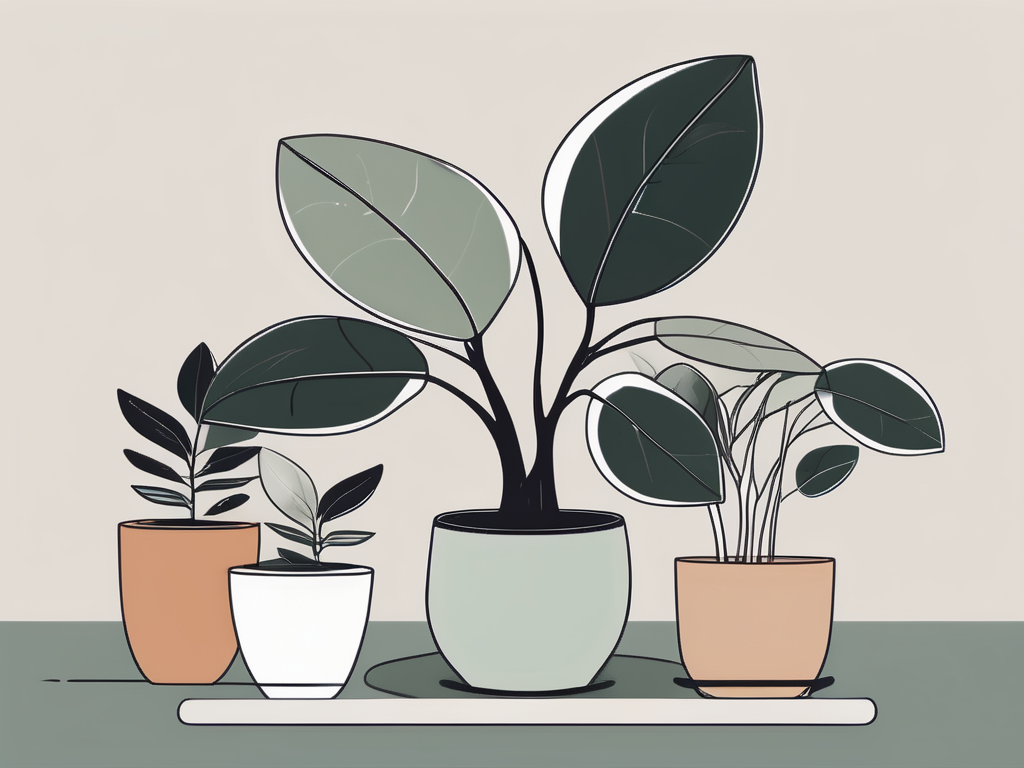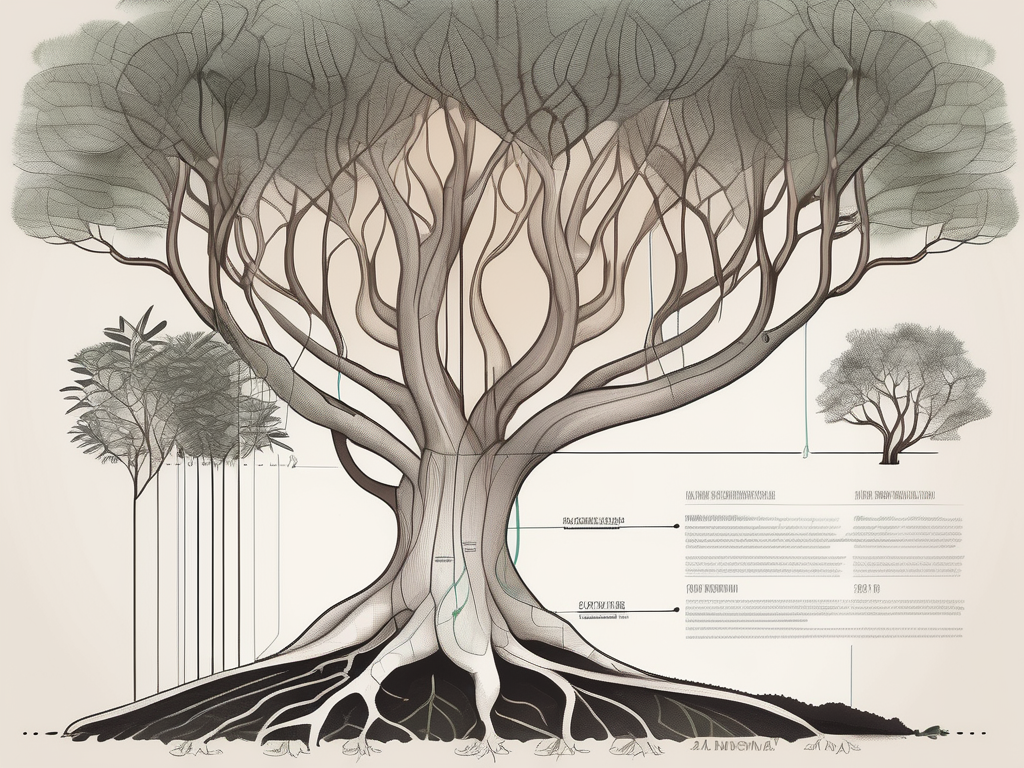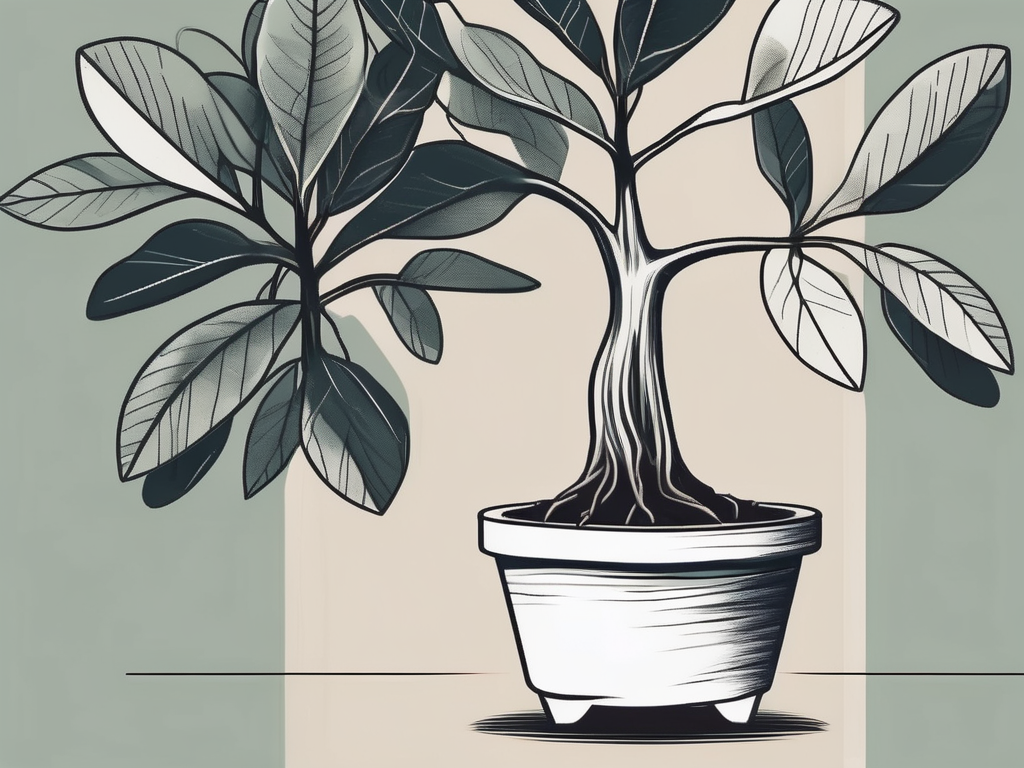
Rubber trees, or Ficus elastica, have been a staple in many homes for decades. Their glossy leaves and adaptability make them a favorite among plant people. But like all houseplants, they come with their own set of challenges. One of the common issues is when they become root-bound. This topic may sound a bit technical, but understanding it can significantly affect the growth and health of your beloved rubber tree.
In this article, we’ll explore what happens when a rubber tree gets root-bound, how it affects the plant, and what you can do to address or prevent this condition. We’ll also share some practical tips on repotting your rubber tree and keeping it happy and healthy.
What Does It Mean to Be Root-Bound?
Before diving into the specifics of how being root-bound impacts rubber trees, let's clarify what this term means. A plant is considered root-bound when its roots have grown so extensively that they fill the pot and begin to circle around themselves. This usually happens when a plant has outgrown its container and doesn't have enough space to spread out.
Imagine being stuffed into a too-tight pair of shoes. It’s uncomfortable, right? Well, plants feel the same way when they don’t have enough room for their roots to expand. This can lead to several problems, including stunted growth, nutrient deficiencies, and even plant death if not addressed.
- Roots grow in circles around the pot.
- The plant may start to show signs of stress, such as wilting or yellowing leaves.
- The soil might dry out too quickly because the roots have taken up all the space.
Understanding these signs can help you act before your rubber tree’s health is compromised.
How Being Root-Bound Affects Rubber Trees
When a rubber tree becomes root-bound, several changes can occur, affecting its overall health and appearance. The most noticeable issue is stunted growth. If your rubber tree has been in the same pot for a while and isn't producing new leaves or growing taller, it might be time to check the roots.
Besides growth issues, being root-bound can lead to nutrient deficiencies. The roots can’t efficiently absorb nutrients if they’re all tangled up and crowded. This can manifest as yellowing leaves, poor leaf development, or even leaf drop.
- Watering problems: With a dense mass of roots, water can quickly flow through the pot without being absorbed, leaving the plant thirsty.
- Root damage: As roots circle and press against each other, they can become damaged, leading to root rot or fungal infections.
- Stress symptoms: Your rubber tree might start dropping leaves or wilting due to stress.
In short, a root-bound condition is like a ticking time bomb for plants. It’s crucial to address it sooner rather than later.
Identifying a Root-Bound Rubber Tree
Spotting a root-bound rubber tree isn’t always straightforward, but there are tell-tale signs that you can look for. If you notice your plant is struggling despite receiving adequate care, it might be time to investigate.
Signs Your Rubber Tree Is Root-Bound:
- Roots peeking out: Check the drainage holes of the pot. If roots are poking through, it’s a clear indicator that they need more space.
- Soil pulling away: If you notice the soil pulling away from the edges of the pot, the roots might be pushing it out.
- Frequent wilting: Despite regular watering, if your plant wilts quickly, it's a sign that the roots are not effectively absorbing water.
- Poor growth: A significant slowdown in growth or smaller-than-usual leaves can be a red flag.
By regularly checking these signs, you can prevent long-term damage to your rubber tree.
Repotting Your Rubber Tree
So, you’ve determined that your rubber tree is root-bound. Now what? Repotting is the solution. But don’t worry, it’s not as daunting as it sounds. With a few simple steps, you can give your rubber tree a fresh start.
Steps to Repot Your Rubber Tree:
- Choose a new pot: Select a pot that is 1-2 inches larger in diameter than the current one. This gives the roots room to grow.
- Prepare the potting mix: A well-draining soil mix is key. Consider a blend of potting soil, perlite, and some bark chips for aeration.
- Remove the plant: Gently remove your rubber tree from its pot. If it's stuck, tap the sides to loosen it.
- Untangle the roots: Carefully tease apart any circling roots with your fingers. Trim any damaged or overly long roots.
- Replant: Place the plant in the new pot, ensuring it's at the same depth as before. Fill in with fresh soil, pressing down lightly.
- Water thoroughly: Give your rubber tree a good drink to help it settle into its new home.
Remember, repotting can be a bit stressful for plants, so it’s best to do it during their active growing season, typically spring to early summer.
Preventing Your Rubber Tree from Becoming Root-Bound
Prevention is always better than cure, and the same applies to keeping your rubber tree from becoming root-bound. Regular maintenance and a few proactive steps can help you manage this condition effectively.
- Regular check-ups: Every year, check the root system of your rubber tree. This doesn’t mean repotting annually, but just keeping an eye on its growth.
- Prune roots: If you notice the roots beginning to circle, you can prune them back slightly to encourage outward growth.
- Size matters: Always choose a pot that allows for growth. Going too small might mean frequent repotting, while a too-large pot can lead to overwatering issues.
- Proper soil: Use a soil mix that allows for good drainage and aeration to keep roots healthy.
By incorporating these practices, you can maintain a thriving rubber tree without frequent repotting.
Maintaining a Healthy Rubber Tree Post-Repotting
Once your rubber tree has been repotted, it’s crucial to give it some extra love and care to help it adjust. This transition period is vital to ensure the plant bounces back and thrives in its new environment.
Post-Repotting Care Tips:
- Location matters: Place your rubber tree in a spot with bright, indirect light. Avoid direct sunlight, which can scorch the leaves.
- Water wisely: After repotting, the water needs might change. Check the soil moisture regularly and adjust your watering schedule accordingly.
- Monitor growth: Keep an eye on your plant. New growth is a good sign that it’s adjusting well.
- Avoid fertilizing: Hold off on fertilizing for a month or two post-repotting to give the roots time to recover.
With proper care, your rubber tree will soon be back to its vibrant self, giving you that lush greenery you love.
Common Mistakes to Avoid
Even seasoned plant parents can make mistakes when it comes to dealing with root-bound conditions. Here are some common pitfalls to steer clear of when caring for your rubber tree.
- Over-potting: Going too large with a new pot can lead to waterlogged soil and root rot. Stick to a pot that’s just a bit larger than the current one.
- Ignoring drainage: Always ensure your pot has drainage holes. Without them, excess water can’t escape, leading to root rot.
- Skipping root checks: Regularly check your plant to catch root-bound conditions early. Don’t wait until the plant shows severe stress.
- Neglecting aftercare: Repotting is just the start. Skipping proper aftercare can undo all your hard work.
By avoiding these mistakes, you’ll be well on your way to nurturing a healthy, happy rubber tree.
Benefits of a Well-Cared-for Rubber Tree
Taking the time to address and prevent root-bound conditions not only saves your rubber tree from stress but also enhances its overall beauty and health. A well-cared-for rubber tree can bring numerous benefits to your home environment.
- Improved air quality: Like many houseplants, rubber trees help purify the air by removing toxins.
- Visual appeal: Their large, glossy leaves add a touch of elegance and freshness to any room.
- Stress reduction: Studies suggest that having plants around can reduce stress and improve mental well-being.
- Low maintenance: Once established, rubber trees are relatively low maintenance, requiring minimal attention compared to other houseplants.
With these benefits in mind, tending to your rubber tree’s needs can be a rewarding and enriching experience.
When to Seek Professional Help
Sometimes, despite our best efforts, things don’t go as planned. If your rubber tree continues to struggle or shows severe symptoms even after repotting and care, it might be time to consult a professional.
When to Consider Professional Assistance:
- Persistent wilting: If your plant wilts despite proper watering and care, there could be underlying issues that need expert attention.
- Severe root damage: If the roots are too damaged or diseased, a professional can guide you on the best course of action.
- Unsure diagnosis: When in doubt, reaching out to a plant expert can provide clarity and peace of mind.
Remember, seeking help is a proactive step in ensuring your rubber tree’s health and vitality.
Final Thoughts
Root-bound conditions can pose a challenge for rubber trees, but with the right care and attention, your plant can thrive. By understanding the signs, taking preventative measures, and providing proper aftercare, you can ensure your rubber tree remains healthy and vibrant.
At Cafe Planta, we’re passionate about helping plant lovers create beautiful, thriving spaces. Whether you have questions or need guidance, feel free to email us or reach out on Instagram. We’re here to support you on your plant journey and share our love for all things green.













